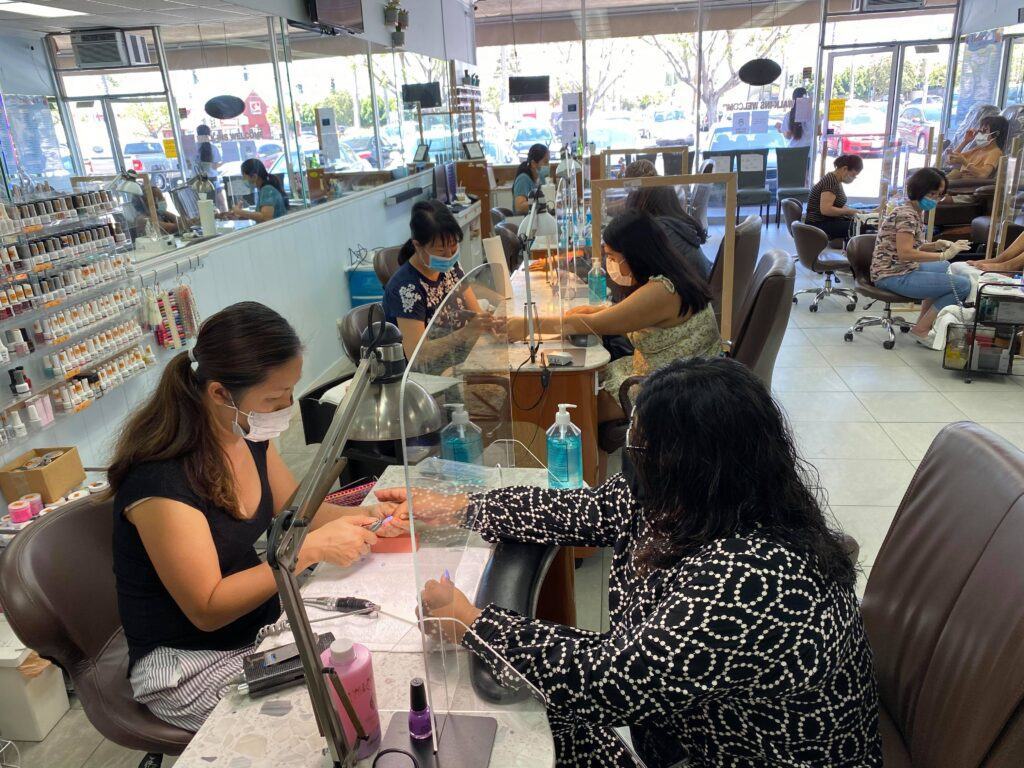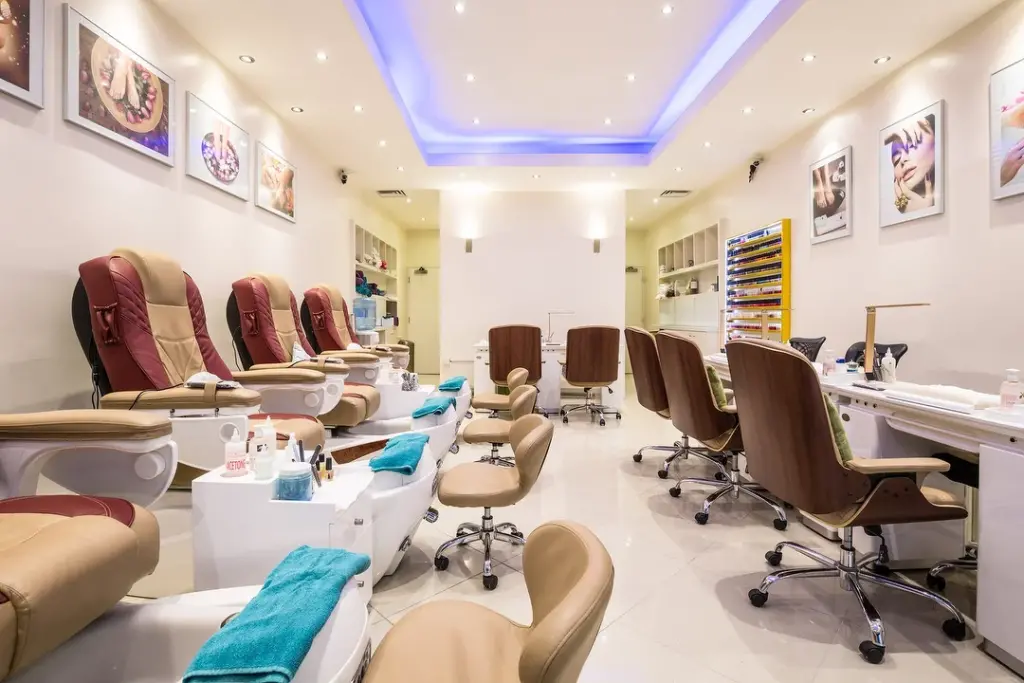The nail industry in California holds a unique place, particularly within the Vietnamese community, contributing significantly to the local economy and cultural identity. Recent changes in sanitation regulations designed to mitigate health risks have imposed considerable challenges on nail salons. While crucial for preventing skin infections, these regulations have heightened the pressure on salon operators to comply and maintain viable businesses in a competitive landscape.

The Nail Industry and New Sanitation Standards
The Working Group on Foot Spa Safety has introduced new sanitation standards aimed at reducing the risk of skin infections among customers. Nail salons must implement stringent practices, including thorough sanitation of tools and adherence to specific nail care protocols. As a result, salons need to allocate additional resources both in terms of time and finances, which can be a daunting task for smaller establishments.
For example, many salons are now investing in advanced sterilization equipment and training programs to ensure their staff is well-versed in the latest safety procedures. This proactive approach not only helps in compliance but also builds trust with clients who are increasingly concerned about health and safety in personal care services.

Increased Penalties and Employee Supervision
Salon owners have reported that the fear of penalties has led to a more rigid working environment, where staff are constantly aware of the implications of non-compliance. This atmosphere can create tension and might affect employee morale, which is critical in a service-oriented industry where positive customer interactions are key to success.
One of the significant changes is the dramatic increase in penalties for salons failing to adhere to sanitation regulations, with fines now up to 20 times higher than previously enforced. Under these new laws, any employee found in violation will face probation lasting a year and mandatory participation in professional hygiene training courses. This development places immense pressure on salon owners, who must now closely monitor their employees’ compliance with the new rules to avoid severe financial repercussions.
Moreover, the need for increased investment comes at a time when competition among nail salons is fierce. Many consumers are now more selective about where they choose to go for nail treatments, often prioritizing cleanliness and safety. Salons that fail to adapt may find themselves losing customers to those that prioritize compliance and demonstrate a commitment to health and safety standards.
Financial Pressure to Maintain Business Operations
Salons are exploring partnerships with local training organizations to provide cost-effective solutions for their staff. By collaborating with community colleges or professional training institutes, salons can ensure their employees receive the necessary education without incurring prohibitive expenses. This not only helps in compliance but also empowers employees with enhanced skills and knowledge.
The financial burden of implementing these new regulations is substantial, especially for small, often family-run salons. Owners are concerned that the cost of compliance, which includes upgrading equipment and training staff, could threaten their long-term viability. Many are grappling with the reality that failing to meet these new standards could lead to hefty fines or even permanent closure of their businesses.
Training and Compliance
This communal effort not only strengthens the individual salons but also enhances the overall reputation of the nail industry within the community. As salons become more compliant, it fosters a culture of safety that can attract more clients who are conscious of health standards.
Nail technicians now face the challenge of undertaking intensive training courses focused on sanitation and safe nail practices. These training sessions are crucial for maintaining compliance with the new regulations but often require significant time and financial investment. For many salon owners, the challenge lies in not just finding the time for their employees to attend these courses, but also funding them amidst rising operational costs.
Salons that prioritize customer feedback and continuously adapt their services based on client preferences often find themselves at a competitive advantage. By fostering a loyal customer base, these salons can navigate the difficulties posed by new regulations more effectively and maintain steady revenue.

Community Support
Given the challenges faced, many community organizations have stepped in to assist nail salons in meeting the new regulations. They are organizing free training sessions and providing valuable resources to help salon owners navigate the complexities of compliance. Additionally, some organizations are offering financial assistance and grants aimed at improving sanitation standards in local salons, which eases the burden on owners and employees alike.
Self-Protection Measures and Service Quality Improvement
In addition to seeking community support, nail salons must take proactive steps to safeguard their operations. Investing in modern sanitation equipment, conducting regular inspections of tools, and enhancing employee training will aid salons in meeting the new requirements more effectively. Moreover, focusing on improving service quality and customer experience is essential for attracting and retaining clients, ensuring a stable income even amid regulatory challenges.
Conclusion
The nail industry in California is currently navigating significant challenges brought on by new sanitation regulations and heightened penalties for non-compliance. Nevertheless, with the support of community initiatives and a commitment to self-improvement, nail salons can not only survive these challenges but thrive. Adhering to sanitation standards protects the health of customers while simultaneously enhancing the reputation and service quality of salons, benefiting both owners and clients alike.




